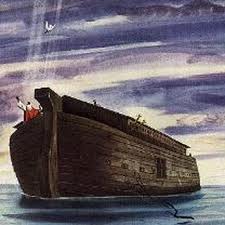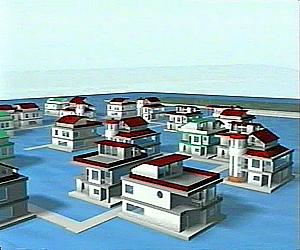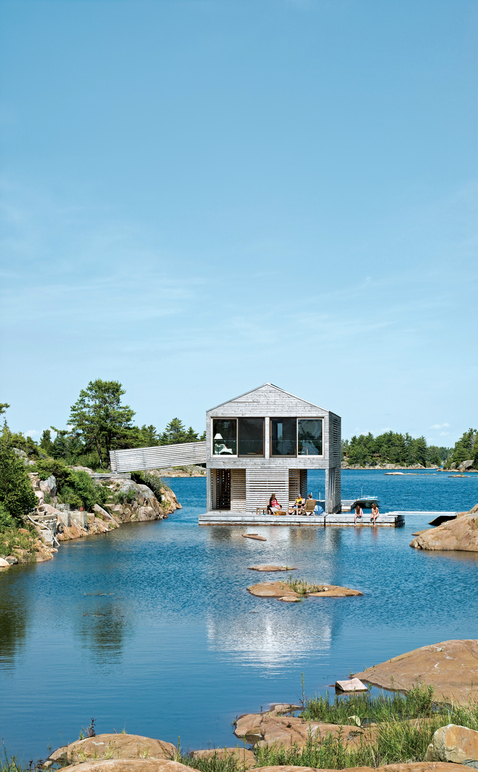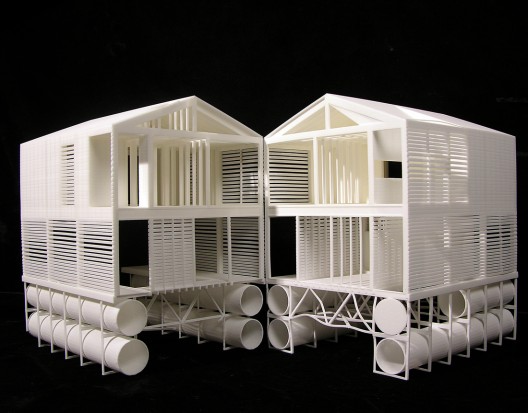
- •Unit 8 Historical Monuments Restoration
- •The Tower of Pisa
- •The Statue of Liberty
- •Unit 9 Unusual Architecture
- •1.1 Read the text title and hypothesize what the text is about. Write down your hypothesis.
- •What do you know concerning this issue? List your ideas in the table left column “I know”.
- •If you know answers to these questions write them down in the space given after each question.
- •Circle in the list the words and expressions you know. Write down their translation in the table and calculate the percentage of your lexical competence.
- •Unit 11 Amphibious Houses
- •1.1 Read the text title and hypothesize what the text is about. Write down your hypothesis.
- •What do you know concerning this issue? List your ideas in the table left column “I know”.
- •If you know answers to these questions write them down in the space given after each question.
- •Circle in the list the words and expressions you know. Write down their translation in the table and calculate the percentage of your lexical competence.
- •Floating Houses
- •Amphibious Architecture
- •Maritime architecture
- •Unit 16 Lattice Shells
- •1.1 Read the text title and hypothesize what the text is about. Write down your hypothesis.
- •What do you know concerning this issue? List your ideas in the table left column “I know”.
- •If you know answers to these questions write them down in the space given after each question.
- •Circle in the list the words and expressions you know. Write down their translation in the table and calculate the percentage of your lexical competence.
Unit 11 Amphibious Houses
1 Introduction2 interface
1.1 Read the text title and hypothesize what the text is about. Write down your hypothesis.
…………………………………………………………………………………………………………………………………………………………………………………………………………………………………………………………………………………………………………………………………………………………………………………………………………………………………………
What do you know concerning this issue? List your ideas in the table left column “I know”.
I know that… |
I have learnt that… |
|
|
|
|
|
|
|
|
|
|
If you know answers to these questions write them down in the space given after each question.
1 |
Who was the first person to construct the floating house? |
|
|
2 |
What are advantages of living aboard a float home? |
|
|
3 |
What allows the floating house on Lake Huron to fluctuate along with the lake? |
|
|
4 |
Why did Dutch architects pioneer in constructing amphibious houses? |
|
|
5 |
Why are these houses called “amphibious”? |
|
|
6 |
What prevents the swimming houses from floating away? |
|
|
7 |
What kind of foundation is the Citadel built upon? |
|
|
Circle in the list the words and expressions you know. Write down their translation in the table and calculate the percentage of your lexical competence.
1 |
the Great Flood |
|
|
a row of beads |
|
2 |
a steel pontoon |
|
|
to anchor |
|
3 |
to fluctuate |
|
|
a hull of a ship |
|
4 |
Headquarters |
|
|
to slide up |
|
5 |
a boat slip |
|
|
a mooring post |
|
6 |
a cove |
|
|
to drive into |
|
7 |
Siding |
|
|
a polder |
|
8 |
a vernacular home |
|
|
shallow water |
|
Floating Houses
T he
idea of building floating houses is not a new one. Noah must be the
first person who succeeded in this undertaking. According to the
Bible the construction of the ark by Noah at God's command to save
himself, his family, and the world's animals from the worldwide
deluge of the Great Flood.
he
idea of building floating houses is not a new one. Noah must be the
first person who succeeded in this undertaking. According to the
Bible the construction of the ark by Noah at God's command to save
himself, his family, and the world's animals from the worldwide
deluge of the Great Flood.
You’ll find floating homes in the most unexpected places – scattered along shorelines from Manhattan Island to Lake Titicaca, or nestled into coastal ports such as San Francisco, Portland and Seattle. In fact, you’ll find floating homes wherever there is access to calm protected water.
T oday,
living aboard a float home is a clear lifestyle choice made by people
in all walks of life. Float home owners are often envied by their
land-loving friends. With no lawns to mow, no fences to paint, they
enjoy more leisure time. Float home owners can be observed on their
decks in the sunset, enjoying the tranquility of the water and their
uncomplicated lives. As free-spirited individuals, they pursue a wide
and exciting range of activities. Yet a shared philosophy brings them
together as a cohesive community in the special places they have
chosen.
oday,
living aboard a float home is a clear lifestyle choice made by people
in all walks of life. Float home owners are often envied by their
land-loving friends. With no lawns to mow, no fences to paint, they
enjoy more leisure time. Float home owners can be observed on their
decks in the sunset, enjoying the tranquility of the water and their
uncomplicated lives. As free-spirited individuals, they pursue a wide
and exciting range of activities. Yet a shared philosophy brings them
together as a cohesive community in the special places they have
chosen.
F loating
House was designed by MOS Architects and, it was settled on Lake
Huron in Ontario, Canada. However, this brought some serious
architecture challenges. Meredith and Sample, young architects,
quickly accepted the challenges of the job: a rocky island, a climate
where temperatures range from below zero to 100 degrees Fahrenheit,
and a site that endures powerful westerly winds in the wintertime.
Besides, the levels of the Great Lakes rise and fall rapidly, more
dramatically in recent years thanks to climate change.
loating
House was designed by MOS Architects and, it was settled on Lake
Huron in Ontario, Canada. However, this brought some serious
architecture challenges. Meredith and Sample, young architects,
quickly accepted the challenges of the job: a rocky island, a climate
where temperatures range from below zero to 100 degrees Fahrenheit,
and a site that endures powerful westerly winds in the wintertime.
Besides, the levels of the Great Lakes rise and fall rapidly, more
dramatically in recent years thanks to climate change.
T o
adapt to this constant, dynamic change, Meredith and Sample designed
a waterborne two-story building supported by massive steel pontoons,
allowing it to fluctuate along with the lake.
o
adapt to this constant, dynamic change, Meredith and Sample designed
a waterborne two-story building supported by massive steel pontoons,
allowing it to fluctuate along with the lake.
The finished building is the family’s summer headquarters, despite its modest 1,250 square feet of indoor space. Downstairs are a boat slip, storage, and sauna; upstairs there are two bedrooms, an office, and a galley area, with dramatic views from parallel windows. The boathouse is the nucleus of the whole island. It’s connected to the island from the second floor by a bridge that reaches toward the nearby sleeping cabin and at water level by a dock that connects to the other side of the cove.
T he
formal envelope of the house experiments with the cedar siding of the
vernacular home. This familiar form not only encloses the interior
living space, but also enclosed exterior space as well as open voids
for direct engagement with the lake. A “rainscreen” envelope of
cedar strips condenses to shelter interior space and expands to
either filter light entering interior spaces or screen and enclose
exterior spaces giving a modulated yet singular character to the
house, while performing pragmatically in reducing wind load and heat
gain.
he
formal envelope of the house experiments with the cedar siding of the
vernacular home. This familiar form not only encloses the interior
living space, but also enclosed exterior space as well as open voids
for direct engagement with the lake. A “rainscreen” envelope of
cedar strips condenses to shelter interior space and expands to
either filter light entering interior spaces or screen and enclose
exterior spaces giving a modulated yet singular character to the
house, while performing pragmatically in reducing wind load and heat
gain.
